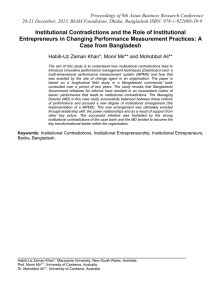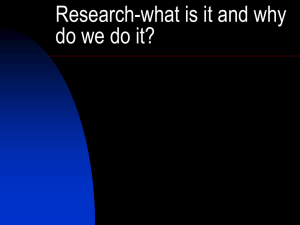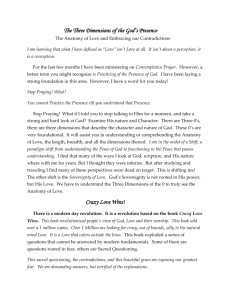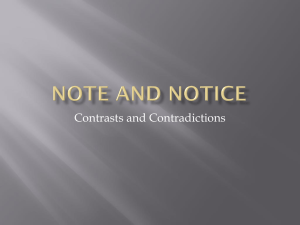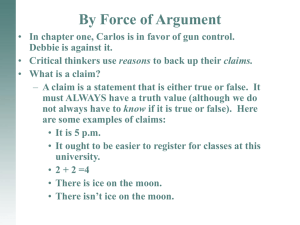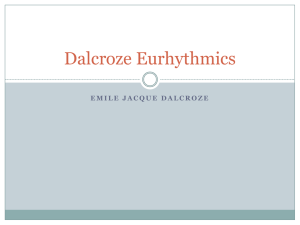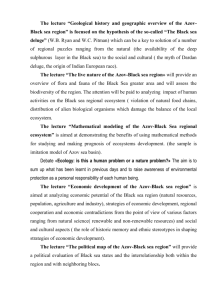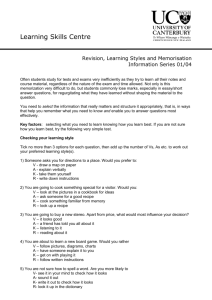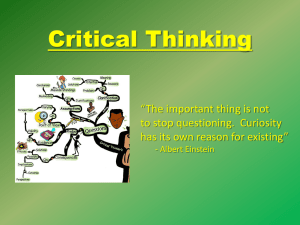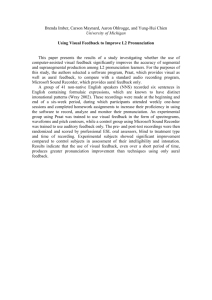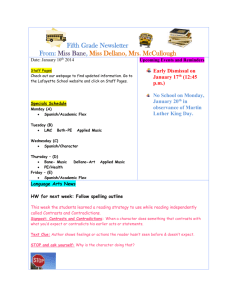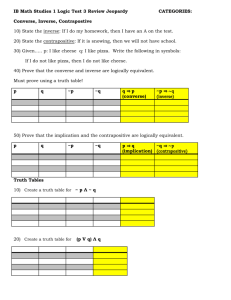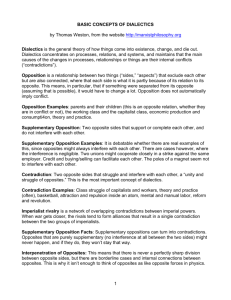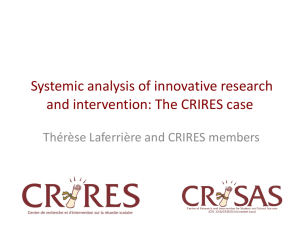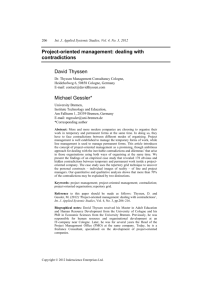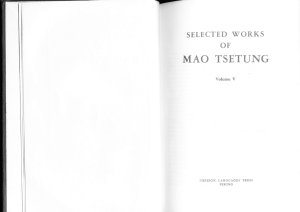Aaron Gonzales
advertisement
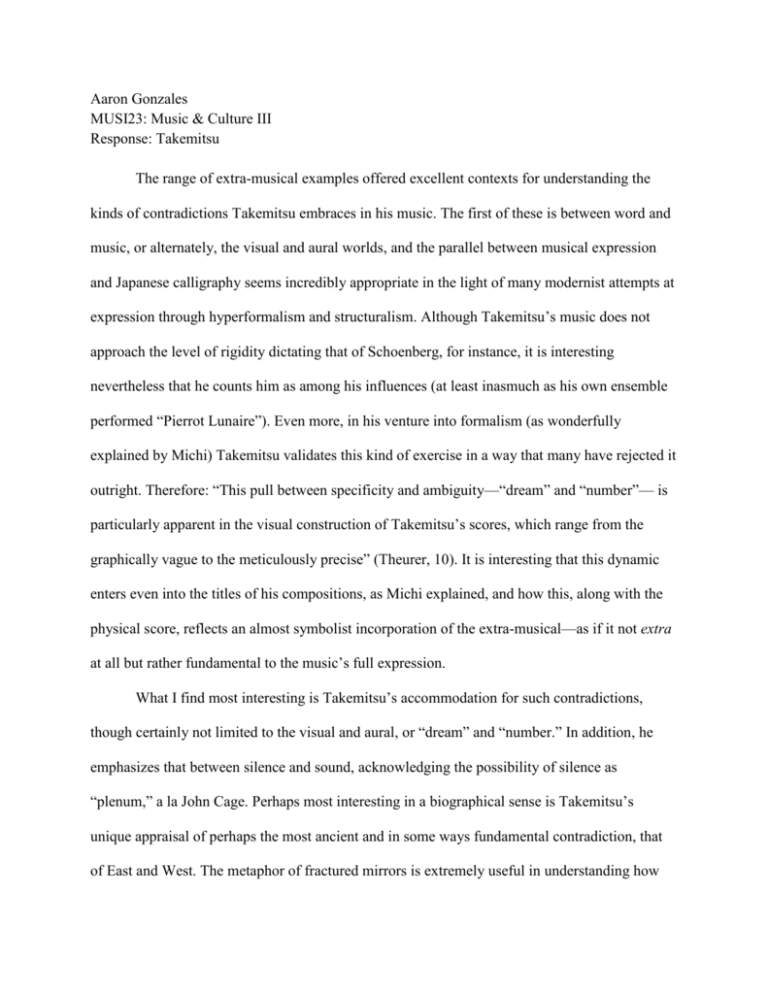
Aaron Gonzales MUSI23: Music & Culture III Response: Takemitsu The range of extra-musical examples offered excellent contexts for understanding the kinds of contradictions Takemitsu embraces in his music. The first of these is between word and music, or alternately, the visual and aural worlds, and the parallel between musical expression and Japanese calligraphy seems incredibly appropriate in the light of many modernist attempts at expression through hyperformalism and structuralism. Although Takemitsu’s music does not approach the level of rigidity dictating that of Schoenberg, for instance, it is interesting nevertheless that he counts him as among his influences (at least inasmuch as his own ensemble performed “Pierrot Lunaire”). Even more, in his venture into formalism (as wonderfully explained by Michi) Takemitsu validates this kind of exercise in a way that many have rejected it outright. Therefore: “This pull between specificity and ambiguity—“dream” and “number”— is particularly apparent in the visual construction of Takemitsu’s scores, which range from the graphically vague to the meticulously precise” (Theurer, 10). It is interesting that this dynamic enters even into the titles of his compositions, as Michi explained, and how this, along with the physical score, reflects an almost symbolist incorporation of the extra-musical—as if it not extra at all but rather fundamental to the music’s full expression. What I find most interesting is Takemitsu’s accommodation for such contradictions, though certainly not limited to the visual and aural, or “dream” and “number.” In addition, he emphasizes that between silence and sound, acknowledging the possibility of silence as “plenum,” a la John Cage. Perhaps most interesting in a biographical sense is Takemitsu’s unique appraisal of perhaps the most ancient and in some ways fundamental contradiction, that of East and West. The metaphor of fractured mirrors is extremely useful in understanding how this dichotomy expresses itself in culture, especially, as discussed in class, with regards to the ascribed (perceived?) static, or “plastic” nature of Western music in Japan. Thus it is possible, for instance, to hear the prelude to “Afternoon of a Faun” in Takemitsu’s “How Slow the Wind” while avoiding an arbitrary designation of hybrid to the latter’s music, as Michi observes: “It would be easy to see Takemitsu as a sort of coming-together of two traditions, of East and West, but that is precisely the opposite of what he intended” (7). Indeed (though not necessarily in this example), Takemitsu’s music seems almost the natural expression of such fundamental contradictions, much as the carefully cultivated Japanese gardens are in a way “more natural than nature itself” (6).
